1. Ubiquitous recording, naked living
The couple knows that someone like the man on the left can
have full
awareness of their activity. But it would be difficult for
the man to
misuse this ability since he knows the woman on the right
can have full
awareness of how he uses that ability.
|
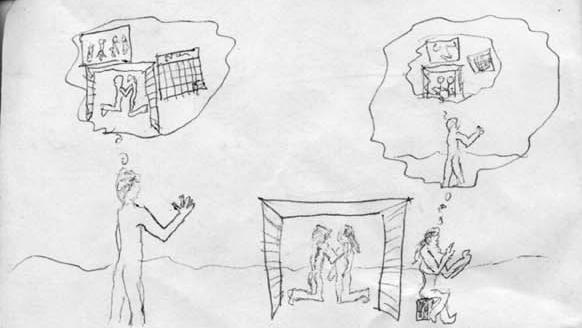 |
2. The place has no hooks for blocking awareness
Organized around open awareness, as opposed to cultural
practices for
enforcing not-knowing, a mind is consistent with being aware
of
childhood traumas, the presence of death, etc. The man on
the right
flees because his mind is incompatible with knowing even
simple
information such as the sensualities of his naked body.
|
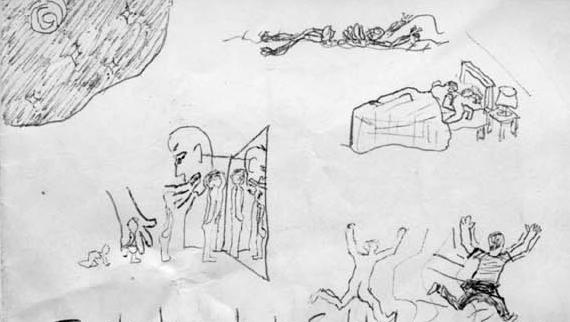 |
3. Life is organized around expecting all things
available
Dealing with something like a car accident is organized
differently
since it was recorded from many angles and all people have
access to
the recording. An approaching person knows that someone can
access
images and information from his whole life up to that
moment. There is
an easy "href" reference to all knowledge, and all
transactions expect
this.
|
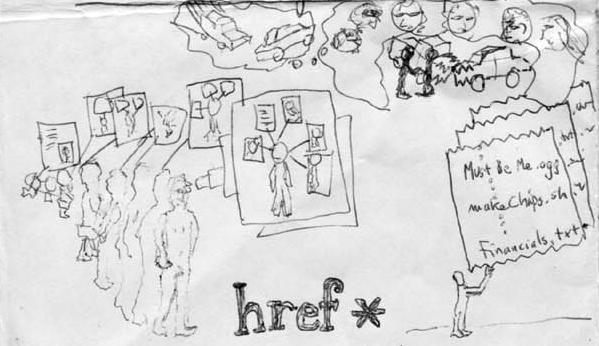 |
4. That which happens when there is no distance
When information and production is fully efficient, you
don't spend any
time on "to do" tasks. You are thrust immediately into the
most
fundamental questions (represented by the infinity sign) of
what
matters, not how to get there. Below, a man thinks he has
created a new
work of art, but the woman browsing the vast information
store quickly
finds where it has already been done. Thus one of the
fundamental
questions is how not to rely on illusions of "my unique
individual
creativity".
|
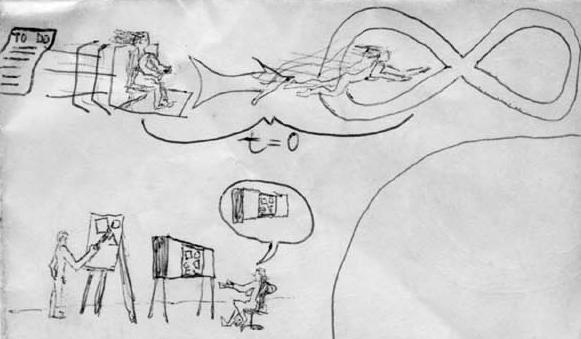 |
5. The conviction that openness is useless is something
asserted on top of openness
A person may claim "What good is complete open awareness?
There would
be nothing left to do!" This person returns to a life based
on blocking
out various awarenesses in order to maintain the appearance
of mastery
over existence, all the while relying on the benefits of
many stages of
opening awareness. If "X" is the benefits of open awareness,
the person
stands on X and uses X to claim that there is no X.
|
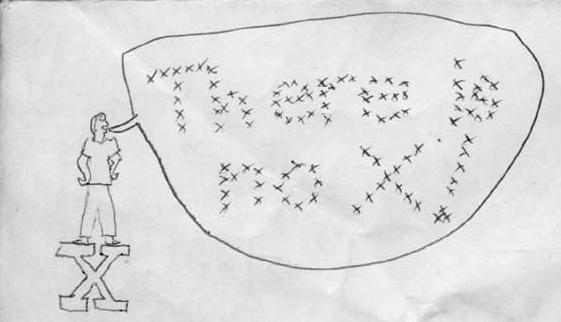 |
6. It's easy to see that conventional behavior was a
distortion of the mind
In order to experience the wedding ceremony in the way that
he wants
to, the man must block out awareness that he made the same
promises to
a different woman a few years ago, and the woman must block
out
awareness that soon the man will realize that she is not the
only woman
in the world. On the right, in order to experience the
delicious bacon,
the person
must block simple awareness of the violence
which brought it to the table. This is shown in the diagram:
For the
man to pursue the object of his desire, he must be unaware
of the pile
of objects in the past which he desired with equal intensity
to no
satisfaction, and of the cravings waiting in the future.
This blocking
of awareness creates a comfortable bubble where he is master
of the
world filled
with the object of desire. But his
need to block awareness prevents him from asking "why"
recursively
enough to get to the first of things.
|
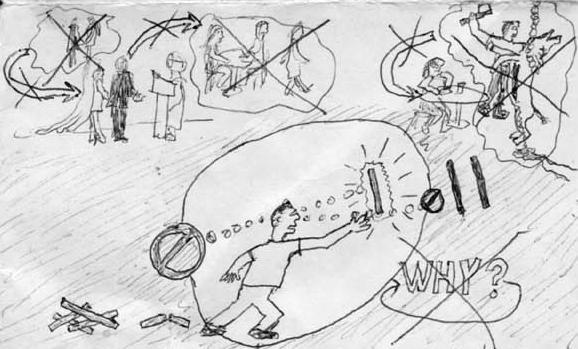 |
7. Where the work to make the source of all things open
has
already been done long ago
A woman has complete access to whatever she she needs to
know to deal
with a broken device. The conclusion of this opening process
may be
where knowledge of mind, logic and physics is directly
related to the
first of things.
|
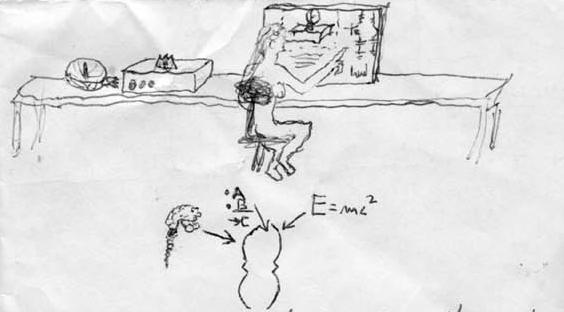 |
8. Go to a place which is not built for confused minds
and
you won't find confused minds
Don't ask "Why are there confused minds here?" Ask, "How is
this place
organized around having a confused mind?" If a place is
instead
organized around expecting minds to embrace open awareness,
minds that
need to block awareness will move to environments which are
organized
for that. It would be good if both types of environment
exist so that
minds can find their comfort zones. But in a world of
accelerating
information technology, how stable are environments built
around
needing to prevent information? People may need more and
more powerful
technology to prevent their awareness from functioning.
|
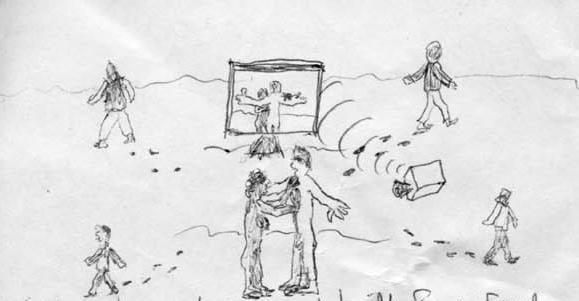 |
9. Glass house, no doors, water park
Only a practical door to keep out the cold.
|
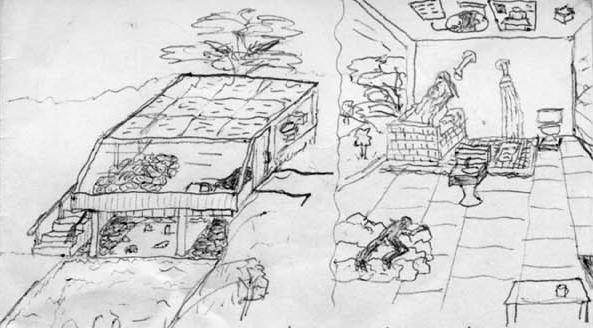 |
10. How can a mind intuit that true freedom is valuable
without knowing its value is in that it can't be lost?
Freedom is the exercise of something possibile which was
always there.
But if
in glimpsing the value of freedom, someone plays mind tricks
(made
possible behind the scenes by that very same freedom) to try
to grab
freedom with a chain and impose on it the characteristics
they want it
to have, then they lose sight of where its value comes from.
|
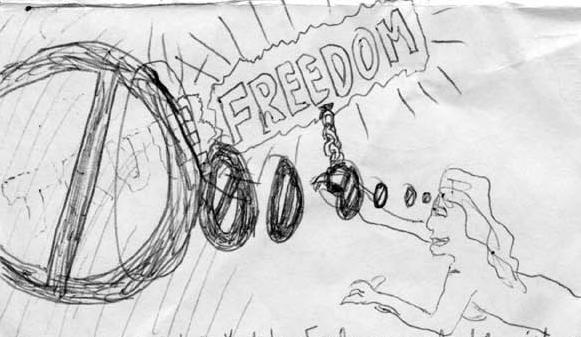 |
11. Due to the unconditional openness, it's not a place
of
healing since people in need of healing won't be
comfortable
There are many places organized where people help each other
avoid
awareness of what they are not ready to face. Hopefully
these
environments will always be available for therapeutic
reasons. But
these cultural mechanisms for making the blocking of
awareness routine
are
not found in a habitat where open awareness is manifest in
how life is
organized.
|
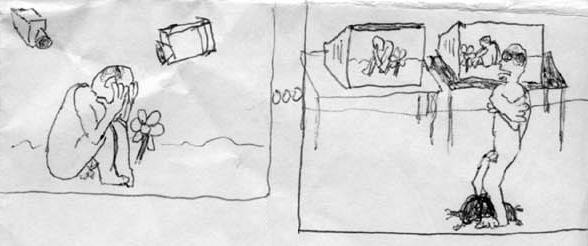 |
12. There is
the
dynamic of the actual mind to be openly aware of
Even looking at a tree uses an amazing constellation of mind
processes.
(How can someone ever, ever be "bored"?)
|
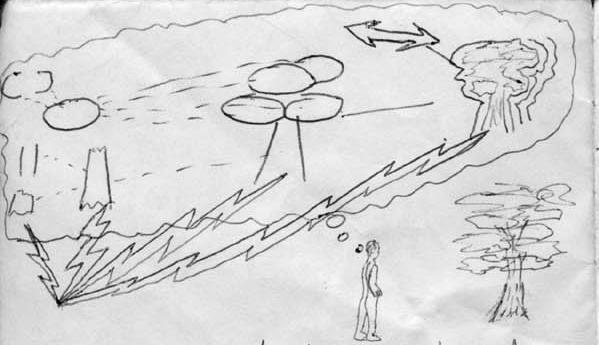 |
13. Awakening deepens through re-engineering life around
explicit economic dependency
Open awareness includes awareness of dependency on the wider
economic
system and the workers who function in it. But as production
becomes
super efficient (like a desktop box that makes an apple)
workers are
out of a job. Will that efficiency give the workers the same
easy access? Even if their material needs are met, will most
people
need "entertainment technology" to escape from a world of
open
awareness?
|
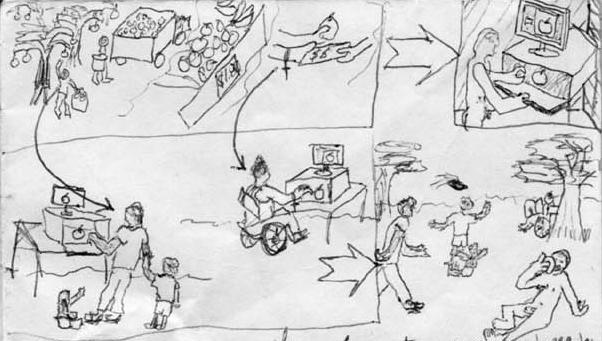 |
14. Life is organized as if openly encountered by a
stranger
Making knowledge open in the common domain so that your
future self
will have access to it much later also means others have
access too.
|
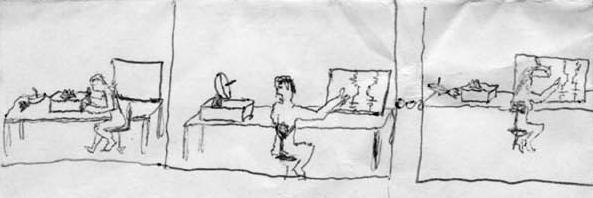 |
15. A Habitat where Open Awareness is Manifest
HOAM.
|
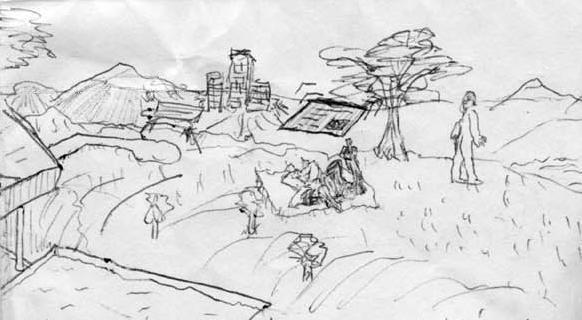 |














